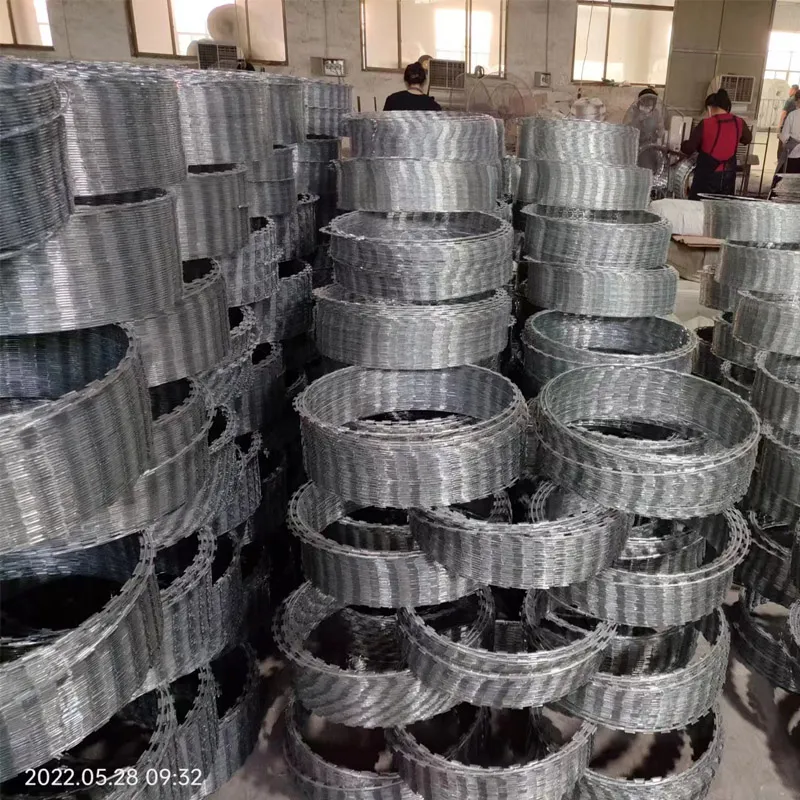Dec . 03, 2024 19:29 Back to list
Exploring the Essential Characteristics of Common Nail Types and Their Uses
The Common Nail An Essential Tool in Construction and Craftsmanship
The common nail is one of the most fundamental and widely used fasteners in construction and craftsmanship. Often overlooked in favor of more specialized hardware, the common nail has a significant role in various applications, from simple household repairs to large-scale construction projects. Its design, material composition, and versatility make it an indispensable tool in the toolkit of builders, woodworkers, and DIY enthusiasts alike.
A common nail is typically made from steel, iron, or other metal alloys, providing the necessary strength to withstand significant force and pressure. The standard common nail is characterized by its flat head and a smooth shaft with a pointed tip, allowing it to penetrate wood and other materials easily. Common nails come in various lengths and diameters, enabling users to select the appropriate size for their specific needs. Whether you are working on framing structures, building furniture, or creating crafts, the common nail offers a reliable fastening solution.
One of the key advantages of common nails is their ease of use. With minimal tools required—a hammer being the primary one—common nails can be driven into various materials with relative ease. This simplicity makes them ideal for both amateurs and professionals. For DIY enthusiasts working on home improvement projects, using common nails can save time and effort compared to more complex fastening systems. Additionally, their low cost makes them an accessible option for anyone looking to complete a project without breaking the bank.
common nail

While the common nail is primarily associated with woodwork, its utility extends beyond just that. It can be used to join materials such as drywall, create frames, or even in metal applications with the right type of nail. In crafting, common nails can add structural integrity to projects while also serving an aesthetic purpose, such as creating decorative elements in furniture design.
However, it is essential to consider the specific type of common nail used for different projects. For instance, nails coated in galvanized zinc are designed to resist corrosion, making them suitable for outdoor applications, whereas smooth nails are often used for indoor projects. Additionally, there are specialized common nails, such as spiral or ring-shank nails, which provide enhanced holding power for certain applications.
The common nail's significance goes beyond its practical use in construction and crafting; it also represents a part of human history. The development of nail-making technology has evolved significantly over the centuries, from handmade wrought nails in ancient civilizations to the mass-produced nails used today. This evolution reflects advances in manufacturing processes and materials, showcasing how a simple tool can adapt to meet the needs of changing construction techniques and technologies.
In conclusion, the common nail is a true cornerstone of construction and craftsmanship. Its simplicity, versatility, and cost-effectiveness make it a go-to solution for a wide variety of fastening needs. Whether you are a seasoned builder or a novice DIYer, the common nail remains an essential part of any project. Appreciating the humble common nail not only highlights its functional importance but also its historical and cultural significance within the world of tools and craftsmanship. As long as people continue to create and build, the common nail will undoubtedly maintain its place in toolboxes around the world.
-
The Role of Field Wire Fence in Grassland Conservation
NewsJul.15,2025
-
Stainless Steel Razor Wire Durability in Coastal Environments
NewsJul.15,2025
-
Enhancing Home Security with Mesh Fences
NewsJul.15,2025
-
Diamond Mesh Wire for Small Animal Enclosures
NewsJul.15,2025
-
Common Wire Nail Tensile Strength Testing for Woodworking
NewsJul.15,2025
-
Barbed Wire Corrosion Resistance Galvanization Techniques
NewsJul.15,2025









